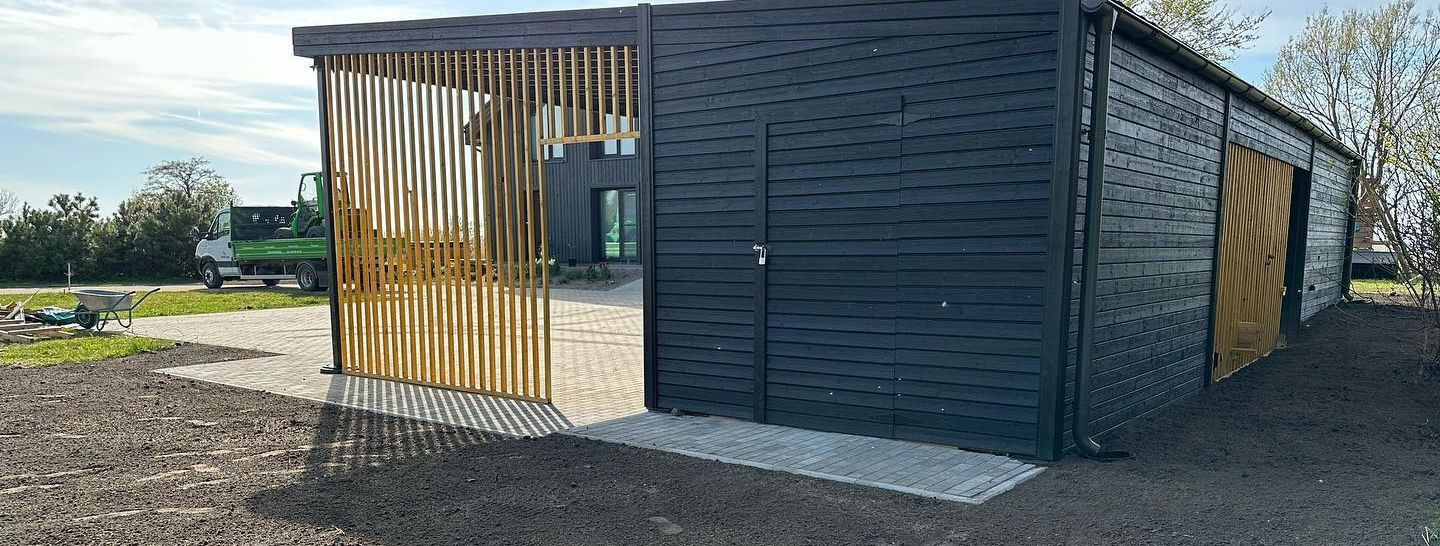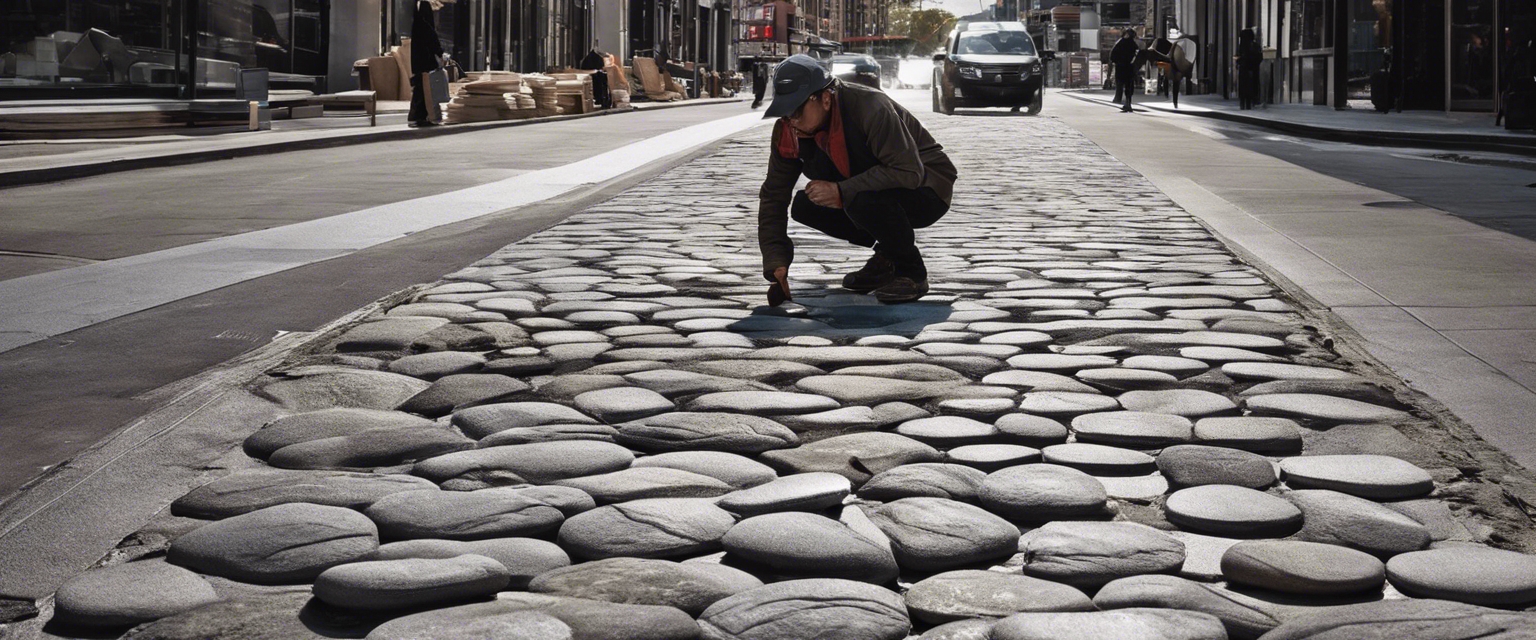5 trends in street stone installation you can't ignore
As urban landscapes continue to evolve, the demand for innovative and sustainable street stone installation practices is on the rise. Municipal authorities, real estate developers, landscaping companies, and homeowners are increasingly seeking solutions that not only enhance the aesthetic appeal of outdoor spaces but also contribute to environmental sustainability and technological advancement. In this blog post, we explore five key trends in street stone installation that are shaping the future of urban development.
1. Eco-Friendly and Permeable Pavers
The shift towards eco-friendly materials in construction is undeniable. Street stone installations are now incorporating sustainable materials such as recycled glass, porcelain, and reclaimed stone. These materials not only reduce the environmental footprint but also offer a unique aesthetic that stands out in any urban setting.
Permeable pavers are revolutionizing the way we approach urban drainage and water management. These systems allow water to pass through the surface, reducing runoff and promoting natural groundwater recharge. The environmental benefits, coupled with their durability, make permeable pavers an essential trend in modern street stone installation.
2. Automated Installation Techniques
The introduction of automated and machine-assisted paving techniques has significantly improved the efficiency and accuracy of street stone installations. These advancements allow for faster completion times and reduced labor costs, making them a trend that cannot be ignored by industry professionals.
With the aid of technology, stone installation has reached new levels of precision. GPS and laser-guided systems ensure that each stone is placed with exacting accuracy, resulting in a flawless finish that enhances the overall appearance and longevity of the paved area.
3. Artistic and Customized Designs
Customization is at the forefront of street stone installation trends. Clients now have the option to incorporate personalized patterns, motifs, and even branding into their paving designs. This level of customization allows for unique and memorable streetscapes that reflect the local culture and community identity.
Street stone installations are increasingly being used as a canvas for urban art. This integration not only beautifies the public realm but also fosters a sense of community and engagement among residents and visitors alike.
4. Smart Stone Technologies
The rise of smart cities has paved the way for the incorporation of embedded sensors and Internet of Things (IoT) technology into street stone installations. These smart stones can monitor environmental conditions, track foot traffic, and even provide interactive experiences for users.
Interactive pavements are a cutting-edge trend that combines the durability of traditional paving with the dynamic capabilities of digital technology. These pavements can display lights, advertisements, and information, transforming the way we interact with our urban environments.
5. Multifunctional Spaces
As cities become more crowded, the need for multifunctional spaces is more critical than ever. Street stone installations are being designed to accommodate a variety of uses, from pedestrian pathways to pop-up markets, making them versatile components of the urban fabric.
The trend towards community-centric design in street stone installation emphasizes the creation of spaces that cater to the needs and well-being of the community. This approach ensures that installations are not only functional but also contribute to the social and cultural vitality of the area.






Comments (0)